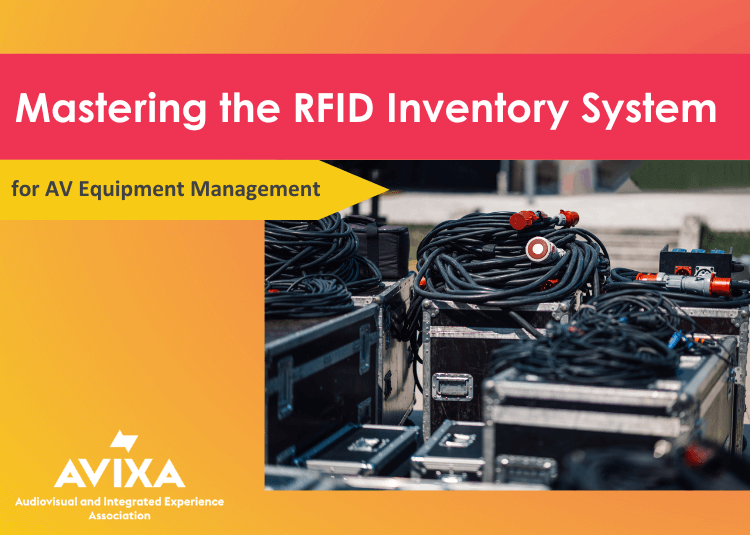Starting at ‘Why?’: Designing an Audiovisual Solution Begins With Understanding Its Purpose
This story first appeared in Xperience, the official publication of AVIXA. For more articles, take a look inside.
By Lisa Perrine
The concept of “purpose” — the real reason behind an event, activation, or technology purchase — is a common theme these days. You see it in book titles, TED Talks, movies, and more. But for too long, technology professionals have been hesitant to ask customers, “What’s your project’s purpose?” We may ask how they’re going to use a room, or a piece of equipment, or a user interface. But how often do we truly understand the business rationale for our clients’ technology investments? The “why?”
Design thinking means empathizing with the users of AV solutions. AVIXA and a task group of volunteers are in the middle of developing a standard, User Experience Design for AV Systems, that aims to offer guidance and a set of steps professionals should follow to ensure an AV design fulfills its purpose.
A few years ago, my firm worked with a charitable foundation to build a public gallery. The client asked us for a pair of videowalls. We started out with our purpose questions and it went something like this:
AV Team: What’s the most important thing we need to know about these videowalls?Client: They need to show photography and video at the highest quality.
AV Team: Why is the highest quality important?
Client: The quality needs to be so good that the world’s most renowned photographers will be proud to display their work here.
AV Team: Why is it important to attract world-class photographers?
Client: We want to connect photographers and visitors through powerful imagery and stories, told in the photographers’ voices.
AV Team: What will happen when that connection is made?
Client: Visitors will see the world through a different lens and feel motivated to make positive change.
The conversation went from “two videowalls” to “change the world” in just four questions. The client’s purpose became a guiding light for the project team, which soon included three respected photographers who became our advocates for a world-class AV solution that displayed 66,000 photographs to 115,000 visitors in the first two years.
The benefits of purpose-driven projects are compelling, both for AV professionals and their clients: stakeholders aligned around a common vision; contracts based on long-term value versus short-term cost; and lasting client relationships. And if that’s not enough, most of us derive great satisfaction from knowing why our work is important. Does leading with purpose take more time at the beginning? Yes. Does it feel risky? Sometimes. Is the result worth it? Absolutely. The next time you start a project, give “why” a try.
And keep tabs on AVIXA’s standards development, which already includes guidance for display image size, audio coverage uniformity, systems design and coordination, and more. Look for your opportunity to comment on User Experience Design for AV Systems. For more information, visit avixa.org/standards.
Lisa Perrine is CEO of Cibola Systems, a consulting and integration firm in Southern California. She’s a member of AVIXA’s UX Design Standard Task Group and will be teaching “Design Thinking for AV,” a special three-day course, at InfoComm 2019 this June in Orlando.



.jpg?sfvrsn=81e7976_1)

